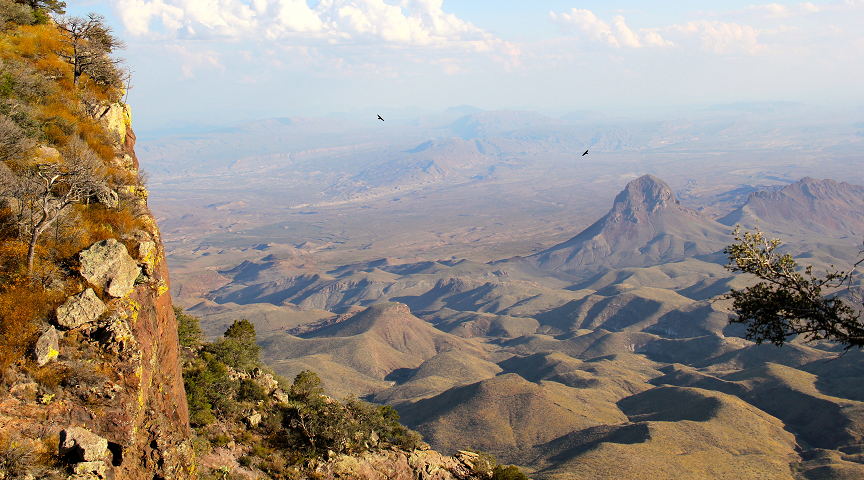OH MY GOD IT'S BACK I'M SO EXCITED
As for banners, how are you sure they'll be popular? Flags were mostly just a thing in a few parts of the Old World like Europe and the Middle East, spawning Eddie Izzard's "Do you have a flag?" joke.
In Mesoamerica, the signs and standards used in battle and ceremony were physical constructions of feathers and cloth-covered lightweight wicker rather than drawing its likeness on a strip of cloth. The Mendoza Codex has examples. Over in the Andes, the Inca had the closest things to what we'd call flags, including one for the nation itself (well, if you count the Sapa Inca and his family as being the nation). Its construction though was a stiff, firmly stretched square on a pole, similar to a vexillum but made not to wave.
One way to make an easy banner might be a sort of Y-shaped flag staff (that is, the pole forking apart in some way to form a frame), with the banner in between that space. Of course it's also possible we could have no flags at all with physical emblems taking their place, like the Roman aquila.
There's so many ways this could go...what we have to find out is, why did Old World flags evolve the way they did? How did a long waving cloth on a heavy pole take over fixed signs and more visible vexilla?
As for banners, how are you sure they'll be popular? Flags were mostly just a thing in a few parts of the Old World like Europe and the Middle East, spawning Eddie Izzard's "Do you have a flag?" joke.
In Mesoamerica, the signs and standards used in battle and ceremony were physical constructions of feathers and cloth-covered lightweight wicker rather than drawing its likeness on a strip of cloth. The Mendoza Codex has examples. Over in the Andes, the Inca had the closest things to what we'd call flags, including one for the nation itself (well, if you count the Sapa Inca and his family as being the nation). Its construction though was a stiff, firmly stretched square on a pole, similar to a vexillum but made not to wave.
One way to make an easy banner might be a sort of Y-shaped flag staff (that is, the pole forking apart in some way to form a frame), with the banner in between that space. Of course it's also possible we could have no flags at all with physical emblems taking their place, like the Roman aquila.
There's so many ways this could go...what we have to find out is, why did Old World flags evolve the way they did? How did a long waving cloth on a heavy pole take over fixed signs and more visible vexilla?



